
design documents
I have experience creating Instructional design documents, storyboards, outlines, and course blueprints. You can see samples of my work here.

e-Learning
I design and develop e-learning for training institutions, non-profit organizations, small businesses and global corporations.

Learning materials
I create learning materials to enhance virtual webinars, instructor-led training, and eLearning programs.
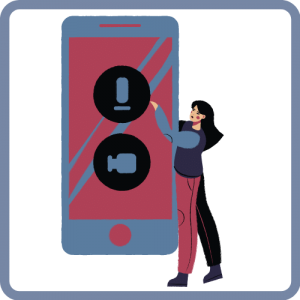
VIDEOS
I’m experienced at creating engaging scripts for learning content and translating them to effective instructional videos.
Hello, I’m Jelly
My career started in customer service 15 years ago for a global company specializing in customer engagement for some of the world’s best brands. I was a Team Leader by the time I ended my three-year stay. Looking for adventure, I decided to venture into aviation as a Cabin Crew for a multi-cultural carrier in the Middle East. I rose through the ranks, becoming one of the company’s Cabin Services Director and Human Factors (Soft Skills) Trainer.
I came from a family of educators. As an instructor, my exposure to andragogy and professional training in a corporate setting over the last three years ignited an apparent hereditary passion for teaching. Understanding human thoughts and emotions during the sometimes dispiriting learning process became a curiosity. I assisted in developing course contents for cabin crew and flight deck crew members, and loved it! Enters a new love… which is Instructional Design. I thrive in environments where a collaborative approach to working is preferred and where I’m always exposed to a continuous learning process. That’s what I love most about Instructional Design!
Outside work, I bake cakes, try not to kill my houseplants, and dabble into pedagogy by experimenting with my toddler’s homeschooling.

how i get things done
If you’ve ever fallen asleep over a boring lecture or fast-forwarded a tedious e-learning course, you’ll know that not every expert in a subject matter is an expert in effectively teaching it to others. That’s where I come in…

Learner Experience Design
I invest time in understanding the learners, their goals and motivations, their level of experience, and their context to make sure that the learning experiences that I design are actually going to be used and will be effective.
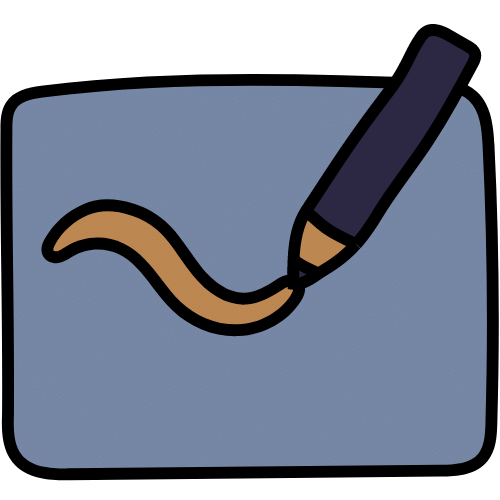
Experience
My whole professional life has been dedicated to coaching, mentoring and training. I’ve been working with over 100 different nationalities and one thing I came to know is that people inherently want to do a good job. It’s just that sometimes they don’t have enough knowledge, skills or the right attitude for it. These are things that I can help identify and solve for you and your organization.
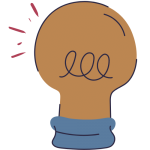
creativity
I am an imaginative thinker! And I just love put existing ideas together in new combinations to create a unique solution to a problem. But I also acknowledge that in order to be a truly creative instructional designer, expertise and motivation are crucial. That’s why I never stop investing in my learning, and designed my career around my innate passion: giving people the tools to do their best job.
Recent Work
Describe the type of work you like to do.
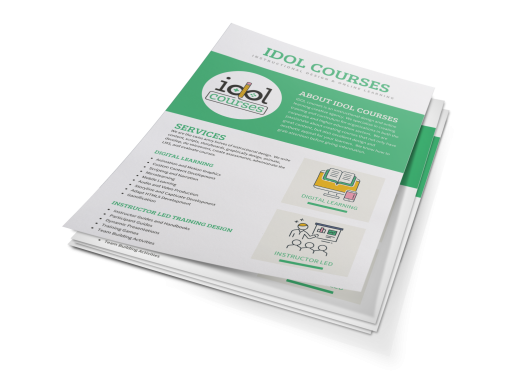
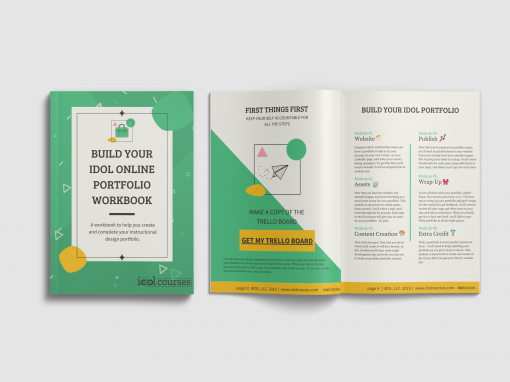
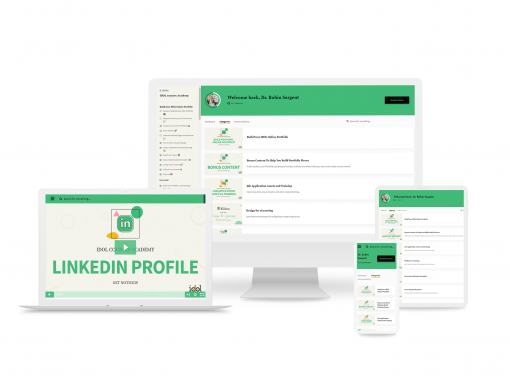
Like my work?
View my portfolio to see more samples, case studies, and design thinking.
HOW I WORK
Like most Instructional Designers, I approach most projects using ADDIE, an efficient and effective instruction development process. While I acknowledge that real-world design doesn’t fit any model, I try to make the model fit into real-world problems and respond to my evolving understanding of the needs as I proceed.


Analysis
This is the foundation of the instructions that I will create, and I do FOCUS on this stage. The first question I ask myself and my client is, “is the training really needed?” and if so, “what are the specific business and training objectives?”. I use Toyota’s “5 Why’s” method. When I have asked, “Why?” 5 times, I usually get to the root cause of the issue that needs addressing – perhaps through training. I then look into both the learners’ practical needs and learning style; and start looking into the context of the training and whether anything else has to be prepared other than the content. I then try to narrow down the subject matter that needs to be included and start outlining a precise specification of all the training units that need to be developed.

Design
During the design phase, I sequence and cluster the training units and work on the mode and media of content presentation. I decide on activities that will increase the learners’ involvement and the method of assessment of their progress to ensure that the module and unit objectives have been met.
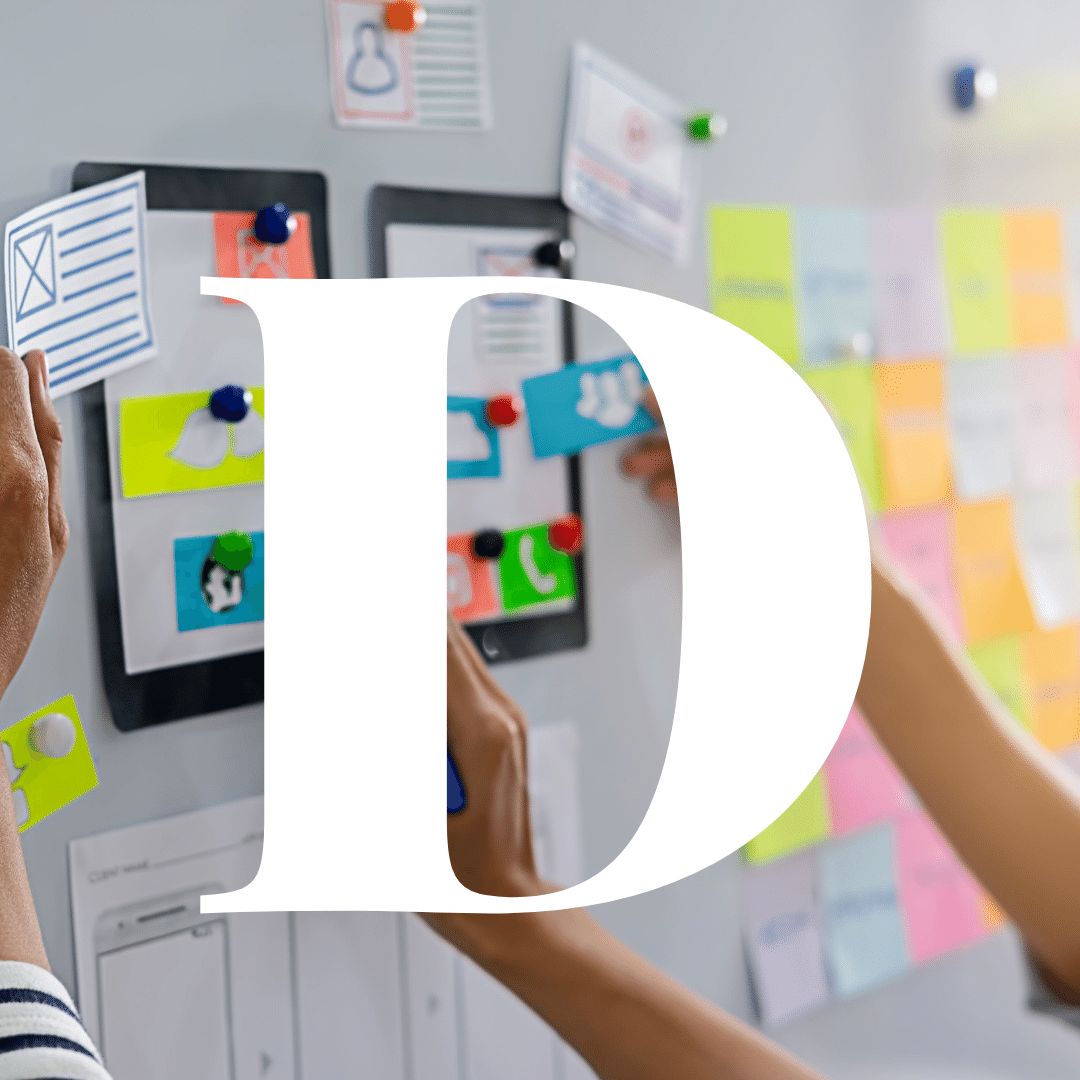


development
I validate the design through storyboarding, prototyping, and walkthroughs and develop and produce the course materials to specification. I review and validate the training materials with my clients and key stakeholders as I go along, and after I’m through with the materials review. If time and resources allow, I usually prefer to start testing the course with real participants to check for engagement, course flow, clarity, and validate the assessment mechanisms’ effectiveness. Ideally, I would try to incorporate participants’ feedback to ensure better results at the end of the program.

implementation
I hand over the materials to an operational training unit. For instructor-led courses, I either conduct instructor briefing or, if needed, facilitate a fully-fledged instructor training program. For e-learning materials and CBT, this is the phase where I put the system into a production environment and overlook the delivery, revision, and updating of the course materials and website and software maintenance.



Evaluation
Evaluation is embedded in each phase of my Instructional Design process. During the development phase, evaluation is done through end of phase review, sign-offs, peer reviews, and formal quality assurance. While the course is in production, I also conduct a summative evaluation to analyze how participants respond to it and whether we’re meeting the laid out instructional objectives. I use Kirkpatrick’s four-level of assessment and look at the learner’s (1) reaction, (2) knowledge and skills improvement, (3) behavior in the workplace after completion of the training, and (4) whether it had an actual impact on business results.
